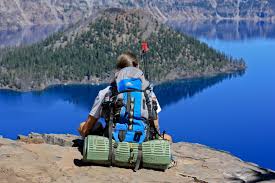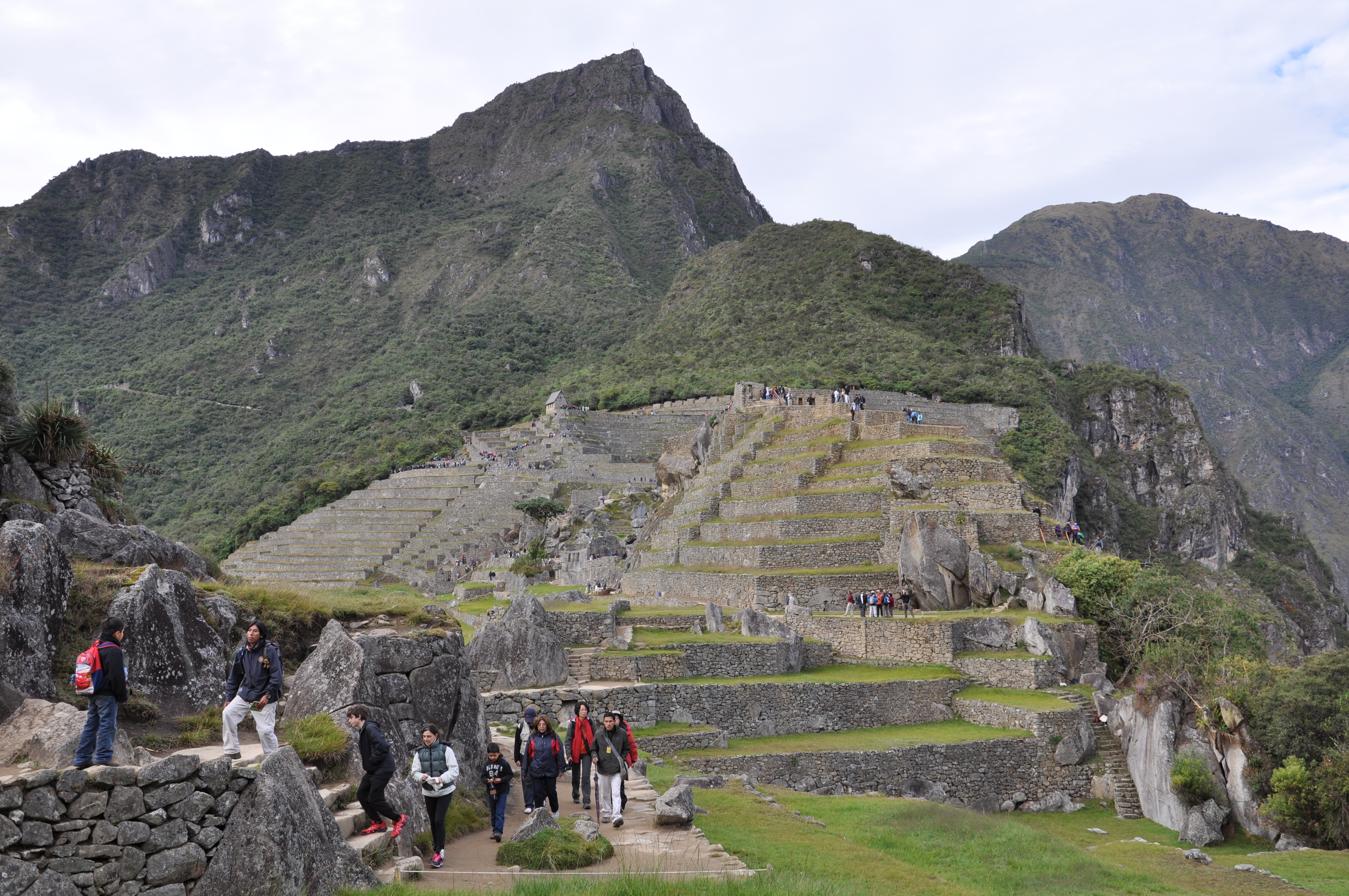
I retired early to my hostel as I was not feeling well. The symptoms were clear, I had altitude sickness as I was having a bad headache that would not go away. Welcome to Cuzco, the gateway to Machu Picchu, this town is located 3400m above sea level, high up in the mountains of Peru. It is thus important to arrive in Cuzco two to three days before your journey to Machu Picchu in order to acclimatise.
Cuzco is the staging ground for that buket-list trek to Machu Picchu, but the town is far more than just a stopover, as it is packed with significant sites. The first step into this town is the start of a journey through history and nowhere offers a better foretaste than the two buildings situated near the central square of Plaza de Armas: La Cathedral, which took over 100 years to build after work was started in 1559, and the beautiful church of La Compania.
Not far from the town square is the Convent of Santo Domingo built atop Qorikancha, one of the most important temple sites in the Inca Empire which was dedicated to the sun god Inti. Legend has it that the outer wall of the temple was once covered in sheets of solid gold. Buildings within the city of Cuzco all share the fine masonry that Inca architecture is known for – precisely cut and shaped stones closely fitted without the use of mortar. Narrow cobblestone streets wind their way between the city walls and the buildings, as if forming stone corridors through the city.
Throughout Cuzco, you will find historic buildings, but you will also find just as many tourists, as all visitors to the ancient Inca city of Machu Picchu set off from Cuzco. For those looking to find some respite from the crowds, look no further than a few kilometres outside the city for Sacsayhuaman, a Unesco World Heritage Site. This 15th century military fort was constructed from thousands of stones individually weighing as much as 400 tonnes, and took over 20000 men and 80 years to complete. Like other Inca buildings, Sacsayhuaman is full of mystery. The large stones used to build the structure were transported from over 10km away, raising the question as to how the ancient people performed the feat.
Even more confusing is the level of precision to which the Inca were able to carve the stones, enabling them to lock together to within the width of a sheet of paper. Sacsayhuaman is only a 30 minute walk away from the central sqaure, but here is a word of warning: given the altitude, it may take you twice as long.
Regardless of the distances and crowds, the charms of the area remain, where such precious beads of history surround every stone you walk on and every building you pass by makes you want to tread with care.







